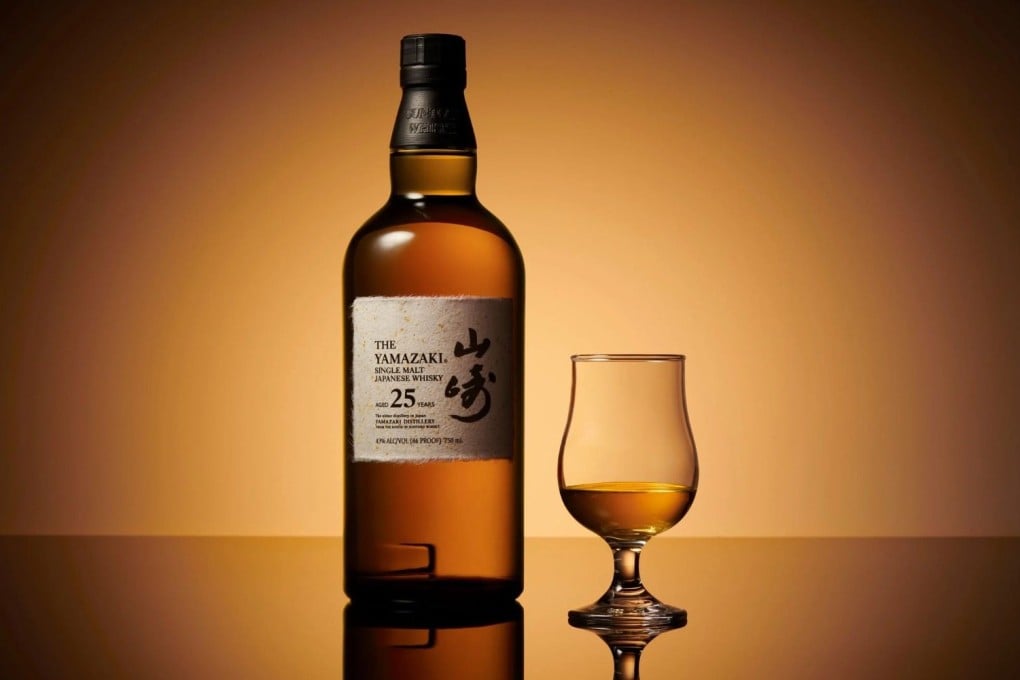How Japanese whisky giant Suntory’s Yamazaki single malt became so coveted, and the story behind the drinks company’s famous 100-year-old distillery
- Suntory started making whisky 100 years ago and now vintage bottles of its Yamazaki single malt command huge prices – if you can get your hands on one
- Tours of the Yamazaki distillery and its sister Hakushu distillery west of Tokyo are almost as sought-after as their whiskies

If you’ve ever sipped on a refreshing Ribena or Orangina, enjoyed a glass of Chateau Lagrange, or maybe had a pick-me-up with a Boss coffee, then you have the Japanese company Suntory to thank.
The drinks giant was founded in Osaka in 1899 and today is a global leader, with its 2022 annual revenue at over US$22 billion.
The company’s founder, a former drugstore worker called Shinjiro Torii, always dreamed big, but never more so than when it came to building another of the brand’s iconic products: whisky.
“I have a dream to create a truly Japanese whisky that one day would surpass the quality levels of Western spirits,” he once said.

Exactly a century after he opened the Yamazaki distillery in 1923, in a verdant valley just outside Kyoto, between the majestic Mount Tennozan and Mount Otokoyama, many experts and home drinkers alike agree that his goal has been reached, driven in part by the philosophy of monozukuri – the relentless pursuit for quality production.
It’s certainly a view borne out in the huge prices commanded by bottles of its vintage Yamazaki single malt – if you’re lucky enough to get your hands on one, that is.